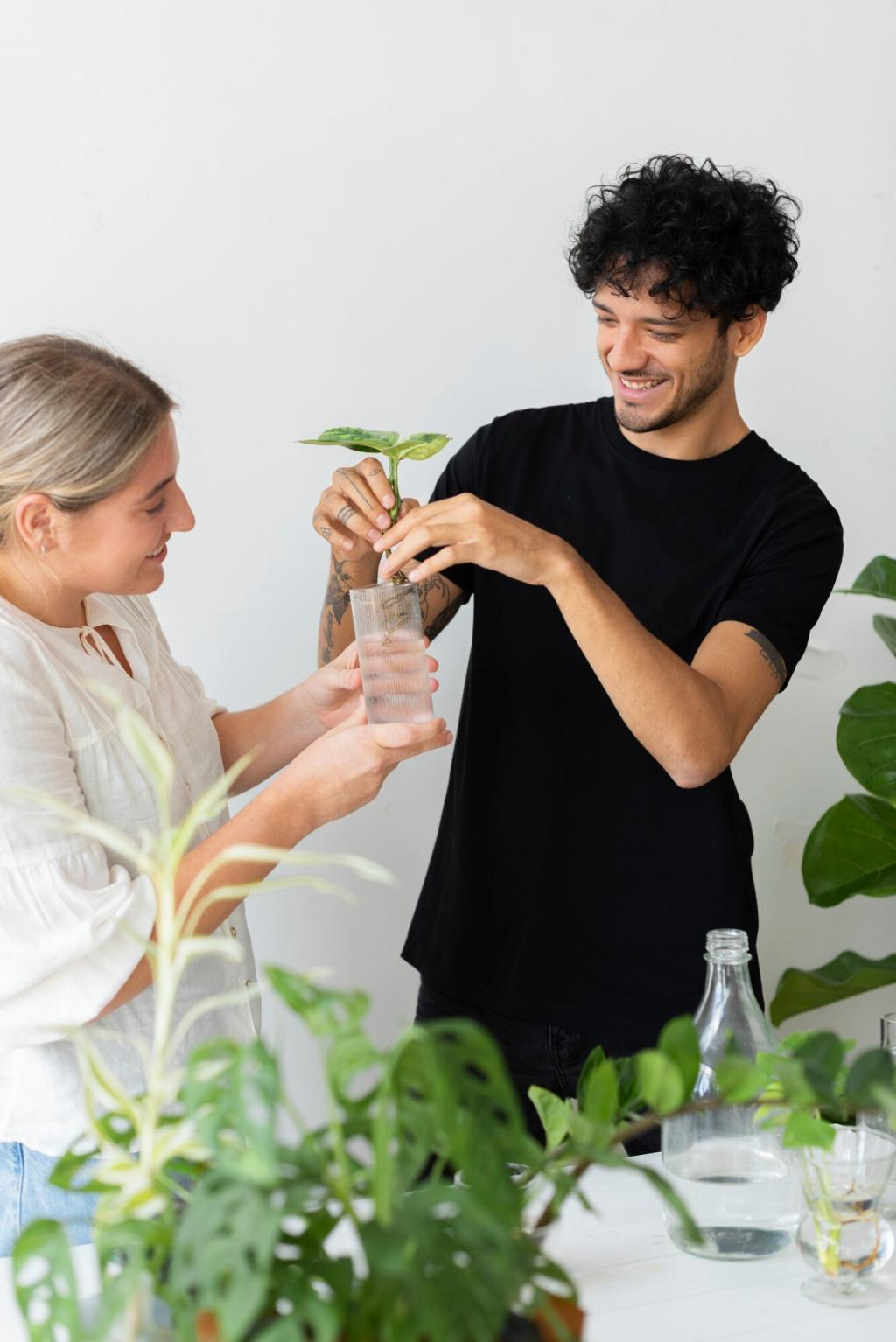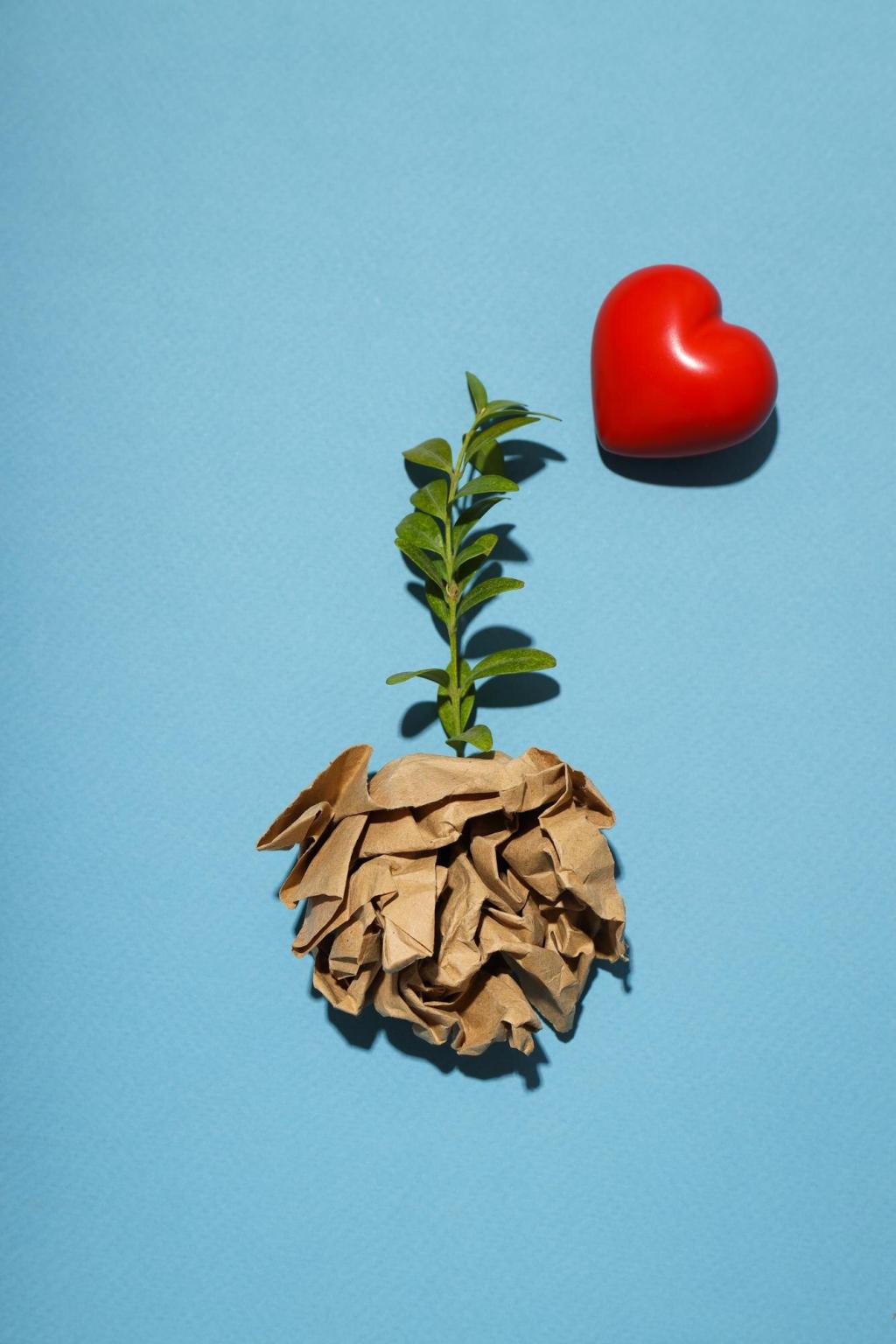DIY Recipes and Creative Reuse
Brew walnut or avocado pit inks for warm browns and pinks, strain thoroughly, and test lightfastness. Try soy milk sizing or a casein-style primer with plant proteins, mindful of allergies. Vegan gesso recipes abound; keep notes on ratios and drying times. Post swatches and we’ll feature community-tested formulas.
DIY Recipes and Creative Reuse
Rescue glass from old frames for wipe-clean palettes, flatten cardboard for panel cores, and reinforce edges with gummed paper tape. Yogurt lids make rugged mixing wells. Keep compostable packing for shipping artwork. Tag your upcycled studio hacks; practical, poetic solutions are the beating heart of sustainable art making.




